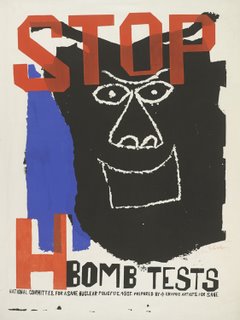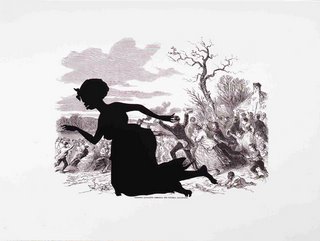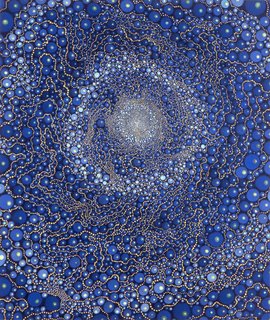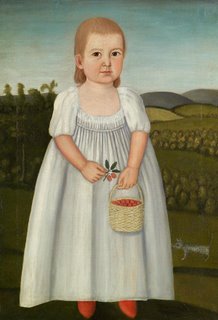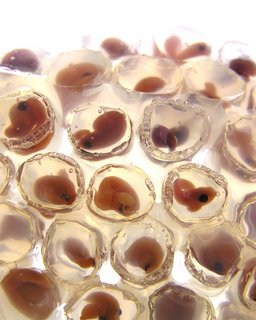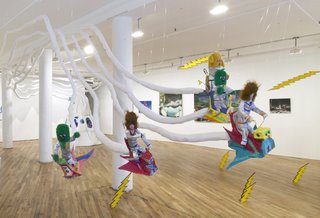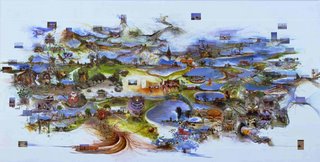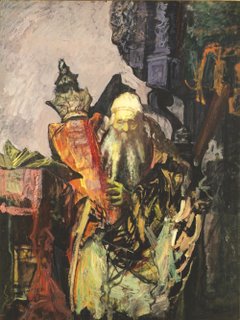Governor Deval Patrick and the arts
Governor Deval Patrick continued “valuing” Massachusetts artists yesterday with a teensy inauguration speech shout-out (“I also see … the inspiration of our artists”) during his rundown of hopeful signs to counterbalance his catalogue of the Commonwealth’s problems.
Massachusetts art folks had a crush on Patrick during the campaign and their hearts were all aflutter when he gave a couple of shout-outs to the arts during his Nov. 8 victory speech ("You are ... artists looking to be valued"; "We have a mandate ... to help the creative economy flourish"). And when he assembled transition teams in November to help him shape his policy agenda, one of them was a 15-member Creative Economy team chaired by ICA Director Jill Medvedow. (If nothing else, this represents the growing clout of the Creative Economy mafia.)
Still, is Patrick’s engagement with the arts more than just pretty talk? Well, on Dec. 27, Patrick fulfilled one of the requests frequently heard by the Creative Economy team by announcing plans to reverse then-Governor Mitt Romney’s $383 million “emergency” post-election November budget cuts. This would restore $700,000 to this fiscal year’s Massachusetts Cultural Council budget, which represents 5 percent of the agency’s annual funding. Not a bad start.
MCC Executive Director Mary Kelley recently announced plans to retire at the end of March after leading the Commonwealth’s top arts agency for 11 years. The governor has no direct role in hiring the next MCC chief (that authority rests with the governor-appointed MCC board, which has hired a Boston-based executive search firm to help find a replacement) but it will be interesting to see how new day-to-day leadership at the MCC, uh, synergizes with Patrick’s emphasis on the arts.
Massachusetts art folks had a crush on Patrick during the campaign and their hearts were all aflutter when he gave a couple of shout-outs to the arts during his Nov. 8 victory speech ("You are ... artists looking to be valued"; "We have a mandate ... to help the creative economy flourish"). And when he assembled transition teams in November to help him shape his policy agenda, one of them was a 15-member Creative Economy team chaired by ICA Director Jill Medvedow. (If nothing else, this represents the growing clout of the Creative Economy mafia.)
Still, is Patrick’s engagement with the arts more than just pretty talk? Well, on Dec. 27, Patrick fulfilled one of the requests frequently heard by the Creative Economy team by announcing plans to reverse then-Governor Mitt Romney’s $383 million “emergency” post-election November budget cuts. This would restore $700,000 to this fiscal year’s Massachusetts Cultural Council budget, which represents 5 percent of the agency’s annual funding. Not a bad start.
MCC Executive Director Mary Kelley recently announced plans to retire at the end of March after leading the Commonwealth’s top arts agency for 11 years. The governor has no direct role in hiring the next MCC chief (that authority rests with the governor-appointed MCC board, which has hired a Boston-based executive search firm to help find a replacement) but it will be interesting to see how new day-to-day leadership at the MCC, uh, synergizes with Patrick’s emphasis on the arts.





